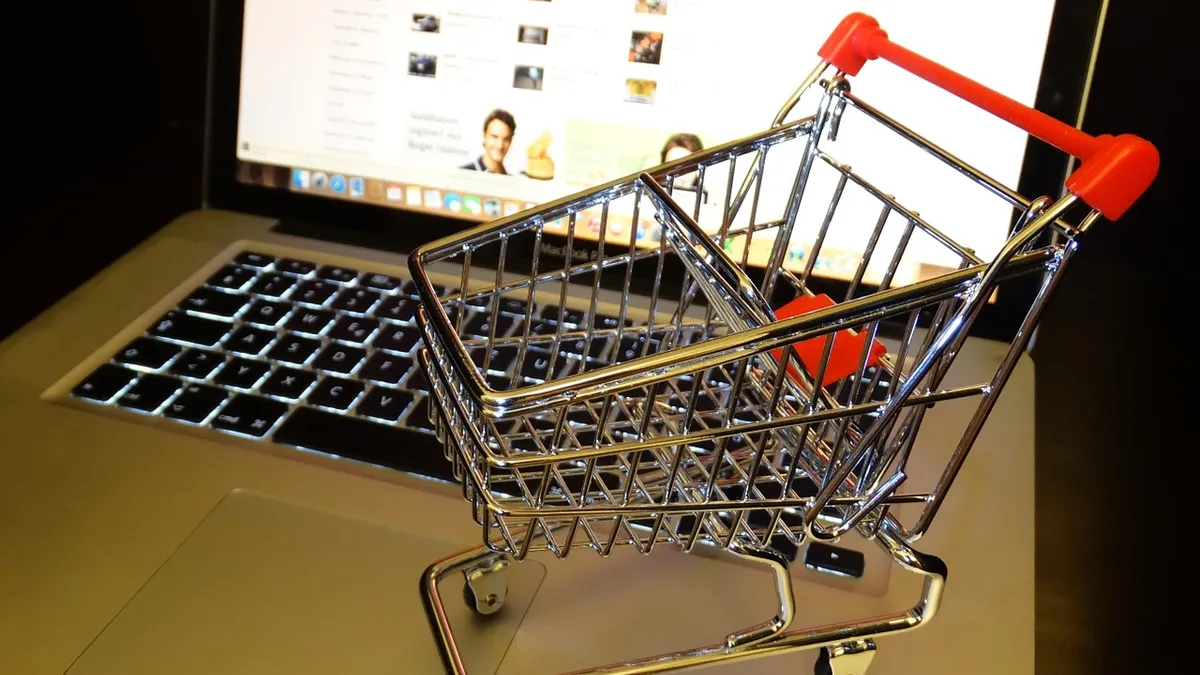Dive Brief:
- Kroger will introduce a new self-service marketing platform next week called Boosted Products in Search that will allow brands to reach digital shoppers through promoted, hyper-relevant search results across Kroger’s digital channels. Suppliers who use the platform will also be able to view performance metrics in real-time.
- According to a company press release, brands will have the ability to promote their products through ads listed on the Kroger Precision Marketing platform. Native product integration will take SKUs that appear in search results or within relevant categories and feature them in high-visibility slots.
- The company said the platform will provide an additional revenue stream, as well as offer a more personalized online experience for digital shoppers.
Dive Insight:
Kroger has high expectations for this new tool, noting it will increase sales and basket size, enable product discovery and help suppliers uncover “unique, previously unavailable marketing channels.” Suppliers will be able to gauge these expectations in real-time, which is perhaps worth at least an initial investment considering the growth of grocery e-commerce. Online grocery sales in the U.S. are expected to grow an average of 18.1% annually during the next five years, according to IGD.
Research from The Food Marketing Institute and Nielsen indicates that in as few as five to seven years, 70% of consumers will be grocery shopping online. Products that top search lists will have a significant advantage – perhaps even moreso than those that have favorable shelf positioning, considering online activity happens faster than in-person perusing.
The downside, however, is high costs. Trade promotion spending typically yields a negative ROI for CPGs.
A recent report from Gartner L2 found that most grocers aren't positioned to capitalize in the $55 billion in trade spending that's expected to migrate online. But major companies like Kroger, Target, Walmart, Amazon and Albertsons have recognized this opportunity, and have created separate divisions devoted to optimizing trade dollars among supplier partners.
Trade spending has long been part of the retail game; the only difference now is that investment is going to a relatively new (relatively unproven) channel and could fall short of expectations (see, for example, Procter & Gamble). Of course, it could also exceed expectations. Albertsons, for one, is leveraging information from its targeted ads to drive product sampling and generate repeat purchases. The trick for companies, including Kroger and its suppliers, is to ensure they have the right resources in place to capitalize on the data captured.
Online trade spending promises to become as widespread as slotting fees, and as important Sunday coupons were 20 years ago. But suppliers also have more opportunities to promote their products directly to consumers online through social media, apps and other channels. Companies will have to weigh their trade spending along with their consumer spending, and come up with the right mix that appeals to shoppers before they begin shopping, and at the point of purchase.








